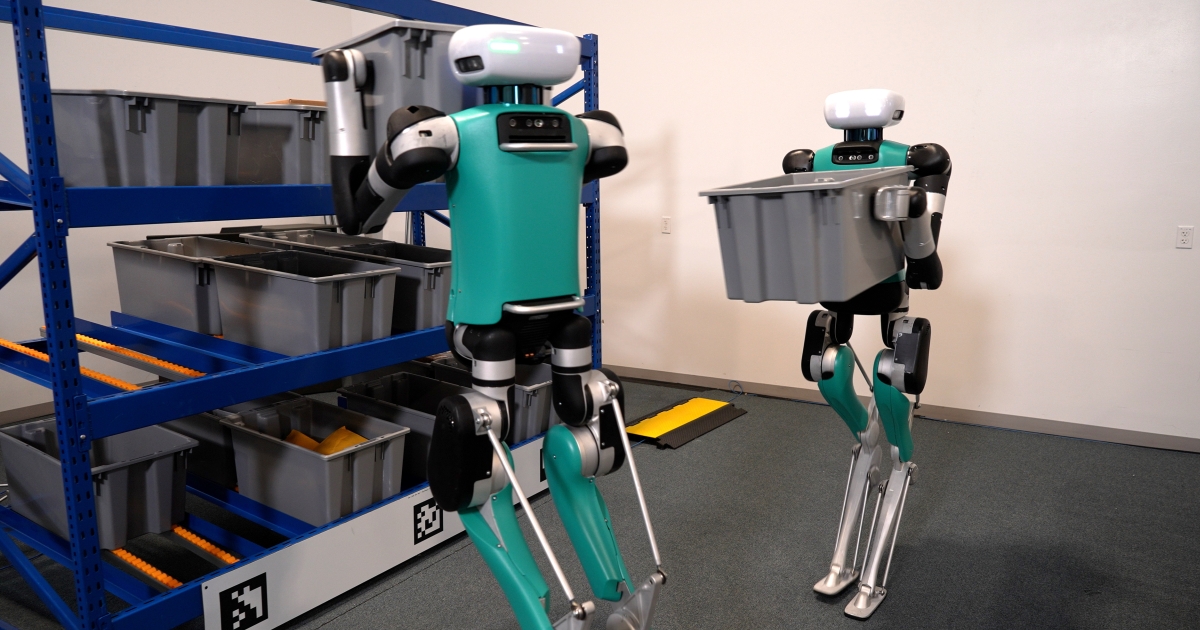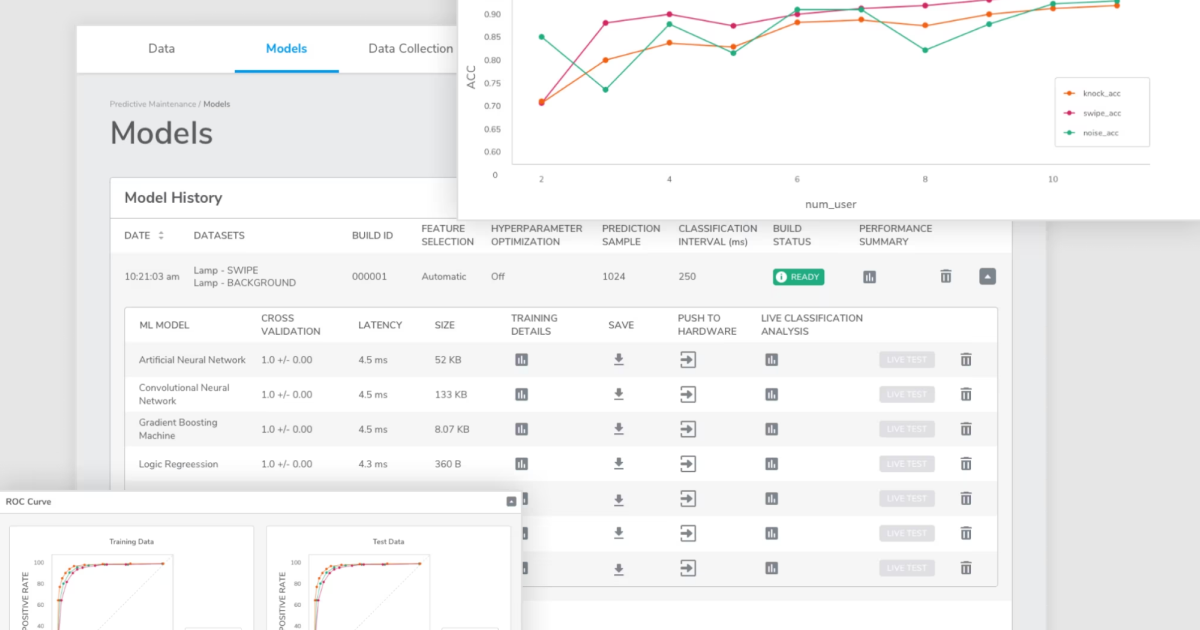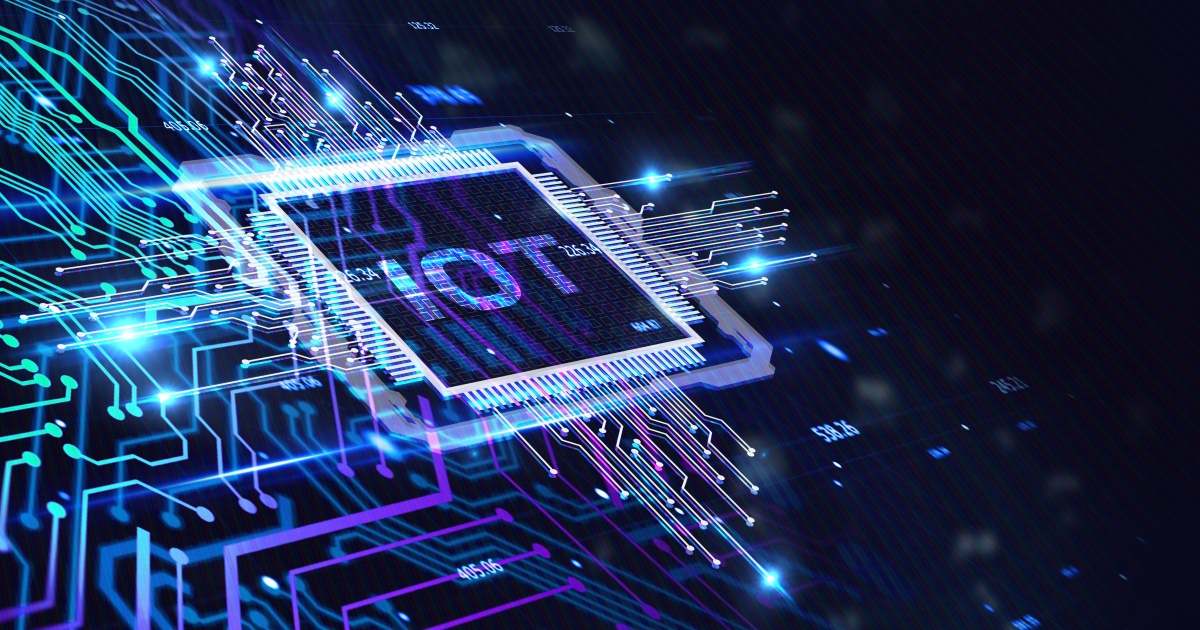
In 2018, Forbes and Hitachi published results of a survey of over 500 global executives, and a stunning 57% said their current IoT initiatives were either not meeting expectations or weren’t yet showing any clear signs of success.
There is no question “Enterprise IoT” and “Industrial IoT” are accelerating, but while most IT, OT and business leaders understand the upside potential by reducing costs through streamlining operations, some miss opportunities to use and analyze data that can help in the development of new products and services, generating revenue on the topline.
Getting both topline and bottom line results, however, requires a comprehensive and expertly implemented strategy. The Industrial Internet Consortium (IIC), the largest and most active non-profit organization bringing together professionals across many vertical industries succeeding in driving value through connected systems, today announced a new IIoT Maturity Assessment, a web-based tool included in the IIC Resource Hub that enables users to better understand their enterprise IIoT maturity.
“It is clear that IIoT technologies will unlock huge opportunities for industry users, but it’s also clear that the IIoT is a complex and multi-dimensional place. To be successful in IIoT, industry users need to be sure that they are approaching all aspects of implementing an IIoT strategy in an efficient and effective manner,” said Jim Morrish, Co-Chair of the IIC’s Business Strategy and Solution Lifecycle Working Group and co-author of the IIoT Maturity Assessment tool. “The IIC IIoT Maturity Model spans the range of competencies needed to support effective deployment of IIoT technologies, including Business Strategy, Solution Lifecycle, Technology and Security. It will help industry users to understand where their strengths lie and also help them to identify weaker areas where they should focus on enhancing capabilities, together with links to IIC assets that will support that development process.”
The IIoT Maturity Assessment is comprised of a framework of four main dimensions and their corresponding strands.
- Business Strategy
- Market context
- Strategic context
- Business model innovation and refinement
IoT Foundations
- Business Solution Lifecycle
- Interface to business strategy
- Solution design
- Project team structuring
- Project management
- In service monitoring and feedback
Technology
- Technology strategy
- Reference architecture and standards
- Platforms stack
- Data location transparency
Security
- Governance
- Enablement
- Hardening
The IIoT Maturity Assessment considers 63 individual capabilities, each with five levels of maturity within the above framework. For example, under strategic context, a maturity level can range from a limited number of key individuals having stepped up to IIoT ownership to full ownership of IIoT within an organization. The IIoT Maturity Assessment provides feedback about the level of maturity and highlights areas that may require development.
“People are beginning to realize that IoT, as the cornerstone technology for the progression to a cyberphysical world, is a holistic proposition,” said Don DeLoach, founder and CEO of Rocket Wagon Venture Studios. “Not only does there need to be a working understanding of the foundational elements from the chipsets and devices, communication choices, security model, privacy considerations, data ownership, governance, and stewardship considerations, the cleansing, contextualizing, and enriching of the datasets, and the appropriate propagation of data to multiple constituents, but also need to understand the relationships between those elements.”
DeLoach explained that this level of understanding is taking longer to evolve: “For example, a choice in security might have implications on the life of the device due to power consumption or on the communication choices made from device to edge,” he said. “The entirety of the analytic stack, including AI and Machine Learning is also critical, but people have to understand that the best analytics in the world are only as good as the data that fuels them, so getting the architecture and creation of the data right is critical.”
“As the number of IOT devices quickly eclipses traditionally connected people and devices, deploying resilient and secure virtual networks for these IOT devices is critical in the data lifecycle of capture, transmit, analysis/predict, and act,” Ed Wood, CEO of Dispersive Networks said. “In just about every industry, we are seeing a proliferation of IoT as part of a broader transformation of that industry to capture critical data needed for business operations optimization or improving the customer experience. Examples include the proliferation of embedded devices in smart cities, the decentralized grid, supply chain logistics, etc.”
Wood believes that, with any emerging technology, cybersecurity of IoT was an afterthought, and one that we need to urgently address.
“There are plenty of examples where an IoT device can become a vulnerability that provides a hacker access into a much broader set of critical platforms,” he said. “Programmable networking provides the ability to microsegment IOT devices from your core systems, secure data-in-motion between people, branches, IoT, and cloud applications on any IP network in any geography.”
Wood applauds the work of the IIC in creating standards for measuring the maturity of industrial IoT strategies and implementations.
“Ultimately, the combination of programmable networking for data-in-motion, with immutable blockchain for data-at-rest, and endpoint security will be critical for deploying a secure and trusted IoT architecture,” Wood said, indicating that companies measuring their programs against others consider networks and the use of a distributed ledger to make provisioning, monitoring, management and data integrity strong from the beginning, and scalable as more distributed implementations grow.
“There’s a real difference between using IIoT to streamline processes and using it to create new revenue streams or make better business decisions,” said Ian Hughes, Senior Analyst, Internet of Things, 451 Research. “A tool like this can be a real eye opener for an organization wanting to transform their business to remain competitive and increase profits.”
The final outputs provided to users also provide links to the IIC Body of Knowledge for reference and to help improve their maturity. This includes collaborative resources developed by industry leaders from the IIC membership, including IIC foundational documents (Industrial Internet Reference Architecture, Industrial Internet Security Framework, Industrial Internet Connectivity Framework, Business Strategy and Innovation Framework, Industrial Internet of Things Analytics Framework, and Vocabulary Technical Report) and other IIC documents and tools.
The IIoT Maturity Assessment is available in three levels of analysis: Quick, Standard (both open to everyone) and Detailed (IIC members only).
Enterprise and Industrial IoT offers organizations access to sensor-generated information that wasn’t previously available, and at the most tactical level, helps companies discover and understand data that can be used to avoid problems and optimize productivity, yield, safety and overall operations. The strategic value comes when the IoT-derived data are translated into applications that enhance the business and can be expanded and matured to deepen value creation over time.
The evolution of the IIoT, including growth areas and emerging opportunities, as well as best practices and models for successful IoT and IIoT initiatives will be heavily featured at The Industrial IoT Conference, part of IoT Evolution Expo, January 11-14, 2020, in Ft. Lauderdale, Florida. The event will include four days of educational content, networking opportunities, and a chance to collaborate with other leaders and decision-makers looking to successfully integrate IoT strategies into their business models.
Arti Loftus is an experienced Information Technology specialist with a demonstrated history of working in the research, writing, and editing industry with many published articles under her belt.
Edited by
Erik Linask





